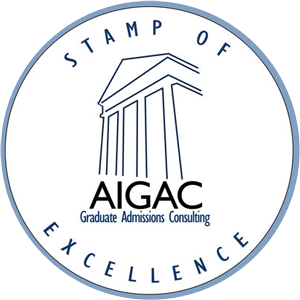graduate fellowships for [your country] citizens to study in the U.S.
Even if your search results end up sending you to the websites of specific graduate schools, those graduate schools often aggregate external funding resources on their websites as well—a goldmine of information whether you want to go to their specific school or not.
It’s easy to get information overload with fellowship searching, but you can make it easy on yourself by searching with the right keywords and not trying to keep any information in your head.
That’s right, don’t make a mental bookmark to visit a page later; you’ll forget.
Here is how to keep track of fellowships once you find them:
- Open a Google spreadsheet
- Name the spreadsheet something descriptive like Graduate Fellowships & Scholarships 2014-2015
- In your spreadsheet, make 9 columns: Name of Fellowship, Deadline, Fellowship Amount, Fellowship website, Essay Required?, Letters Req’d?, Other Notes, Date Submitted, Date Heard Back.
As you find fellowships that you want to apply to, simply add them to your spreadsheet. Don’t add any fellowships that you aren’t eligible for (e.g. it’s for women only and you are a man), but DO add any fellowships that you are questionable about your eligibility (e.g. it says it’s for minorities, and you aren’t sure if your group counts as a minority). It’s better to call and get clarity on your eligibility or to just outright apply for the fellowship than it is to count yourself out.
Even if you spend just 20 minutes a day searching for fellowships rather than clicking through someone’s Instagram-filtered vacation pictures, you will be miles (or should I say kilometers?) ahead of the vast majority of other applicants.
Most people are so consumed with the mechanics and tasks related to just getting in that they forget that there are millions of dollars of free money out there just waiting to be snapped up by proactive people like you. Go get it!



Leave a Reply